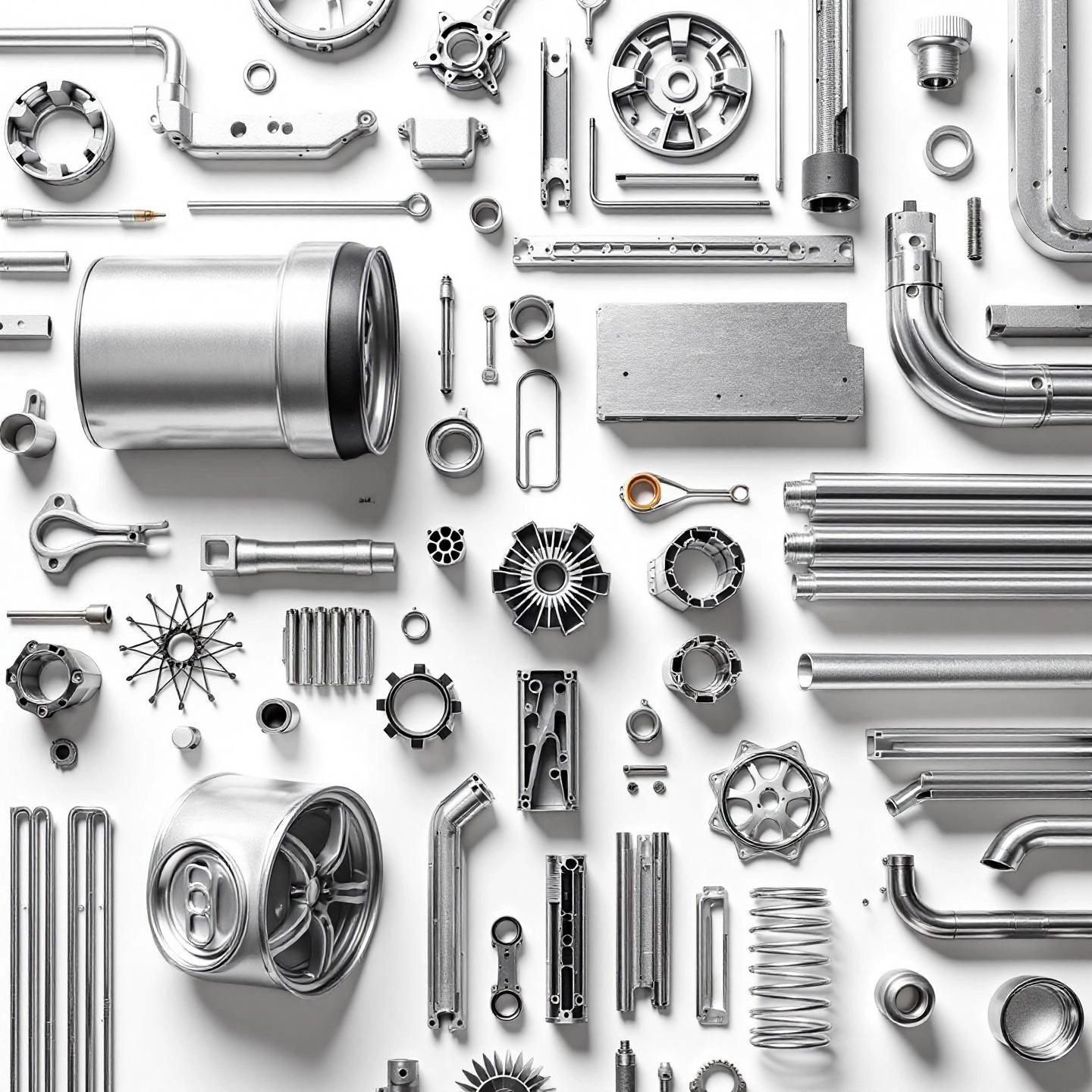
Have you ever wondered why the aluminum price per pound seems to be a hot topic among manufacturers, recyclers, and even everyday consumers? Imagine you’re a contractor sourcing materials for a new building, a recycling enthusiast cashing in cans, or a manufacturer planning next quarter’s production—knowing the latest aluminum prices can make a real difference to your bottom line.
Aluminum isn’t just another metal. Its unique combination of being lightweight, corrosion-resistant, and highly recyclable makes it indispensable across a wide range of industries. Consider these everyday uses:
These examples barely scratch the surface—aluminum is also found in electronics, consumer goods, and power transmission lines. Its versatility is matched by its economic importance, making price changes ripple across the global economy.
Sounds complex? That’s because it is. The aluminum price per pound doesn’t stay still for long. Prices are shaped by a web of factors, including:
For buyers, sellers, and recyclers, staying informed about these factors isn’t just helpful—it’s essential for making smart decisions. Whether you’re negotiating contracts, deciding when to sell scrap, or budgeting for a project, a clear understanding of price trends can help you maximize returns and minimize risk.
This article is your roadmap to mastering the world of aluminum pricing. Here’s what you’ll find:
Ready to dive in? Let’s start with the big-picture forces that drive aluminum pricing worldwide.
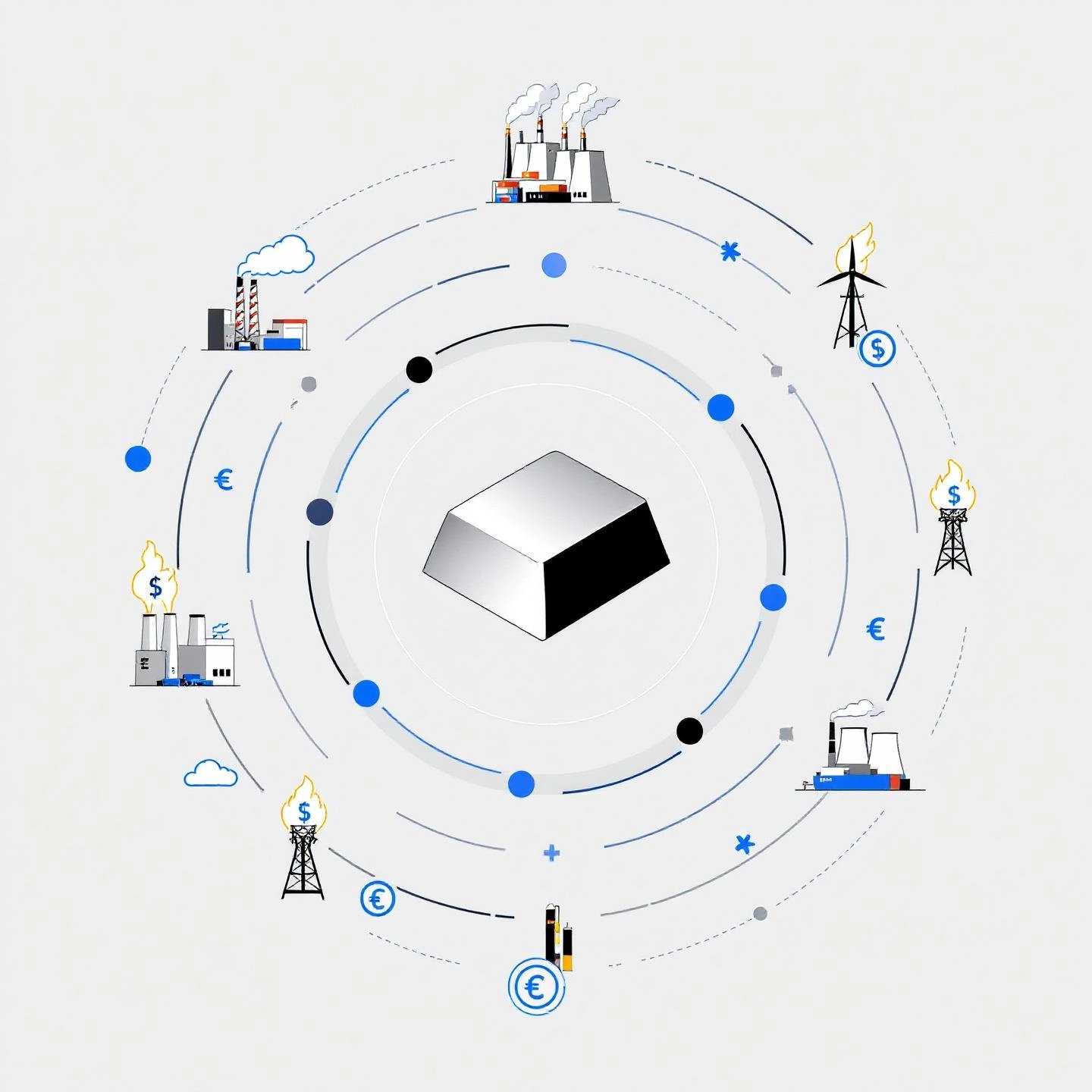
Ever notice how the aluminum price per pound chart seems to jump up and down with little warning? If you’ve wondered what’s behind those swings, you’re not alone. Imagine you’re a manufacturer planning next quarter’s orders or a recycler watching market updates—understanding what truly drives aluminum prices can give you a real advantage.
Aluminum pricing isn’t set in a vacuum. Instead, it’s shaped by a complex web of global forces. Here’s a closer look at the main factors:
So, who sets the actual price you see on an aluminum price per pound chart? The answer is the London Metal Exchange (LME)—the world’s leading marketplace for trading industrial metals. Here’s how it works:
When you hear about the “LME aluminum price,” you’re looking at the global benchmark that shapes raw material costs for manufacturers, recyclers, and traders everywhere.
Understanding the global drivers behind aluminum pricing—supply and demand, energy costs, economic health, trade policies, inventory levels, and currency shifts—can help you interpret market trends and make smarter decisions. The LME provides the pricing backbone, but it’s these macroeconomic forces that cause prices to move day by day.
Curious about how these global benchmarks translate into the rates you see for primary aluminum? Next, we’ll break down how today’s base prices are set and why they change so frequently.
Ever checked the aluminum price per pound today and wondered why it changes so often—or how those numbers are even calculated? If you’re a buyer, seller, or just curious, getting a grip on how primary aluminum pricing works is essential for smart decision-making.
Let’s start at the heart of it all: the London Metal Exchange (LME). The LME is the world’s main marketplace for trading industrial metals, including aluminum. Every day, buyers and sellers from around the globe set prices based on real-time supply and demand. The LME Official Price is published daily and acts as the global benchmark for contracts, spot deals, and hedging strategies. When you hear about the “primary aluminum price,” this is the figure most often referenced by manufacturers and traders worldwide.
But the LME price isn’t the whole story. Imagine you’re in the U.S. Midwest or another major market—your actual cost will usually be higher than the LME benchmark. That’s because of regional premiums. These premiums reflect local factors like transportation costs, warehousing, logistics, and regional supply-demand imbalances. In the U.S., the most widely tracked is the Midwest Premium.
Here’s a practical example. The LME price is typically quoted in U.S. dollars per metric ton. To find the aluminum price per pound today:
Keep in mind: The actual price paid by manufacturers may also include conversion costs—the price mills charge to turn raw aluminum into usable forms. These vary by product and order size.
If you track the primary aluminum price day by day, you’ll notice it rarely sits still. Daily price swings are driven by:
All these factors feed into the dynamic, ever-changing nature of the aluminum price per pound today. For buyers and sellers, understanding these moving parts is key to timing purchases, negotiating contracts, or planning budgets effectively.
Now that you know how the LME and regional premiums set the stage for primary aluminum pricing, let’s explore how scrap aluminum prices are determined—and why they follow a different set of rules.
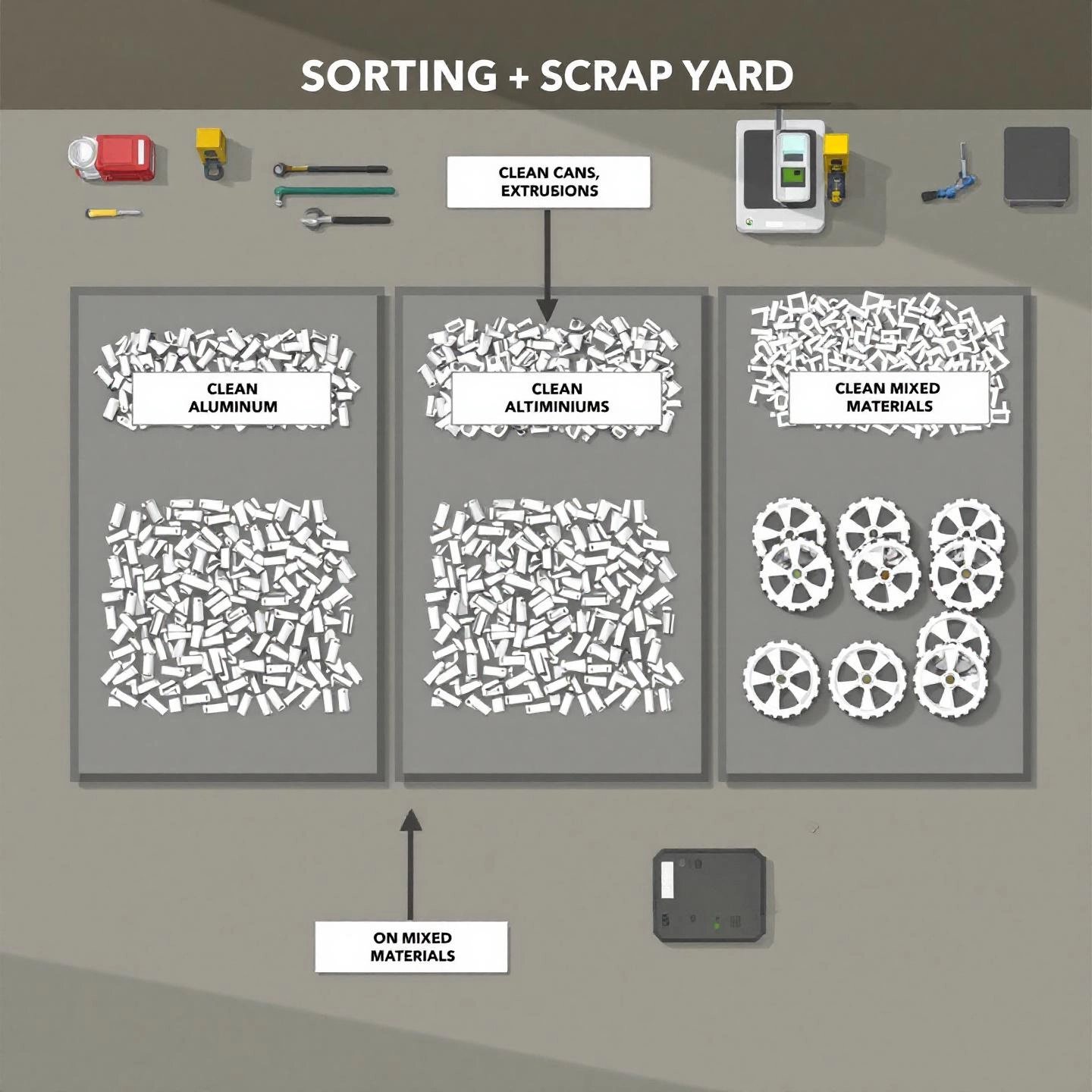
Ever wondered why the scrap aluminum price per pound at your local yard seems to be different every time you visit? Or why your neighbor got more for their old window frames than you did for a pile of cans? Scrap aluminum pricing might seem mysterious, but it actually follows a set of clear principles—once you know what to look for.
First things first: Scrap aluminum prices don’t exist in a vacuum. They’re closely tied to the global price of new (primary) aluminum, which is set daily on the London Metal Exchange (LME). Think of the LME price as the starting line—it establishes the maximum potential value for aluminum in any form. Scrap yards then pay a percentage of this benchmark, adjusting for the quality, type, and local market conditions of the scrap you bring in.
Imagine two scrap yards in different neighborhoods. Even if the LME price is the same, you might get a different offer at each. Why? Local market dynamics play a big role:
Here’s where things get interesting—and profitable. Not all aluminum is created equal in the eyes of a scrap yard. The grade and cleanliness of your material can mean the difference between a top-dollar payout and a bargain-bin price. Think of it like baseball cards: mint condition cards fetch more than those with creases and stains. The same goes for scrap aluminum.
Common grades include:
| Scrap Type | Description | Typical Price Range (% of LME) |
|---|---|---|
| Clean 6063 Aluminum | Extrusions, free of paint/contaminants | 60% – 70% |
| Aluminum Clip (MLC) | Clean sheet, minimal coatings | 55% – 65% |
| Painted Aluminum Siding | Siding with paint, no steel/plastic | 50% – 60% |
| Dirty 6063 Aluminum | Extrusions with paint/attachments | 40% – 50% |
| Old Aluminum Sheets | Mixed, may have some residue | 40% – 50% |
| Aluminum Cans | Beverage cans, clean and crushed | 35% – 50% |
| Cast Aluminum | Engine parts, grills, with impurities | 35% – 45% |
| Dirty Aluminum Radiator | Radiators with plastic/steel attached | 25% – 40% |
Note: These are typical ranges and can vary by region and market conditions.
To maximize your payout, sort and clean your aluminum scrap before heading to the yard. Remove screws, rubber, insulation, and any non-aluminum attachments. Keep different grades separated—clean extrusions in one pile, cans in another, and so on. The less work the yard has to do, the more they’ll pay you.
In summary, the scrap aluminum price per pound is shaped by a mix of global market forces, local yard dynamics, and—most importantly—the type and condition of the aluminum you bring in. By understanding these factors and preparing your scrap, you can turn your recycling efforts into real returns. Next, we’ll look at practical tips for getting the most when recycling aluminum cans specifically—so you can cash in on every pound.
When you bring in a bag of empty cans, do you ever wonder if you’re really getting the best price of aluminum cans per pound? If you’ve seen someone walk out of the scrap yard with more cash for the same amount of cans, you’re not alone. Getting top dollar for your recyclables isn’t just about quantity—it’s about preparation, timing, and knowing how the system works.
Recycling aluminum cans is a win-win: it saves energy, reduces landfill waste, and puts extra money in your pocket. In fact, recycling just one can saves enough energy to power a TV for three hours, and the aluminum can recycling price is typically higher than that of other common recyclables like plastic or glass. But how do you make sure you’re getting the best deal?
Follow these practical steps before you head to the scrap yard or recycling center to maximize your earnings:
So, where should you take your cans? Here are your main options:
On average, you can expect to receive between 40 to 50 cents per pound for aluminum cans, though this range can shift based on your location and current market conditions.
| Step | Why It Matters |
|---|---|
| Rinse cans | Prevents contamination, keeps batches clean |
| Crush cans | Maximizes storage and transport efficiency |
| Sort by metal type | Ensures best rate for each material |
| Remove caps/labels | Speeds up processing, may improve payout |
| Bring in bulk | Often unlocks higher rates |
| Check prices first | Lets you sell when market rates are high |
By following these steps, you’ll notice your recycling efforts pay off more with each load. Not only are you earning more, but you’re also contributing to a cleaner environment and a sustainable future. Next, if you’re curious why certain aluminum alloys command even higher prices, we’ll explore how industrial-grade materials like 6061 are valued in the market.
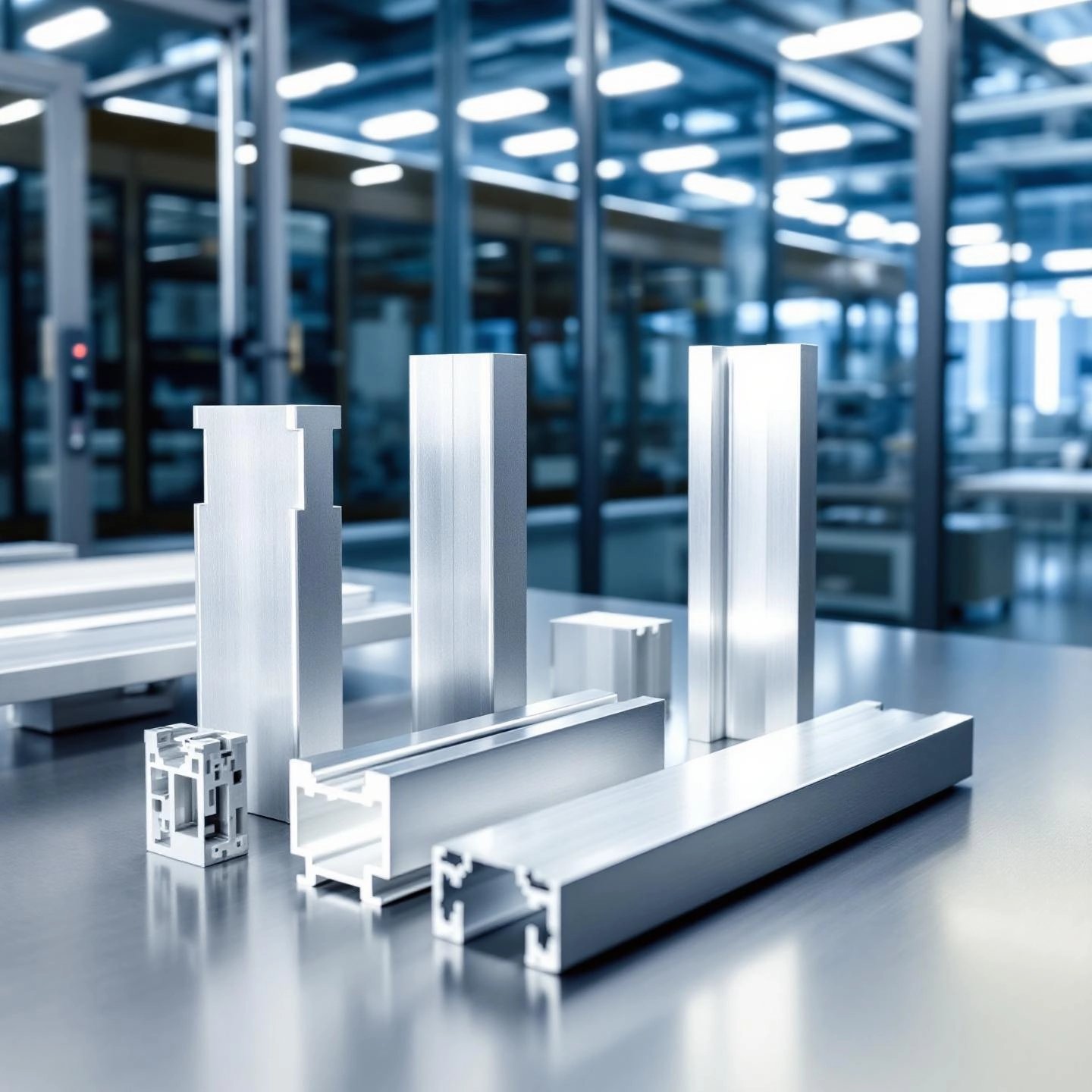
Ever wondered why the 6061 aluminum price per pound is so much higher than what you see for scrap or basic aluminum? If you’re sourcing materials for precision parts, aerospace components, or custom industrial profiles, you’ve likely run into this price gap. Let’s break down what makes these specialized alloys different—and why they command a premium.
Imagine pure aluminum as a blank canvas. On its own, it’s lightweight and corrosion-resistant, but not especially strong. To create materials that stand up to heavy loads, high speeds, or demanding environments, manufacturers blend aluminum with other elements such as magnesium, silicon, or copper. This process produces aluminum alloys—engineered metals with tailored properties for specific uses.
When it comes to industrial applications, 6061 is a favorite for good reason. Here’s why:
For example, 6061-T6 aluminum boasts an ultimate tensile strength of at least 290 MPa (42 ksi) and yield strength of at least 240 MPa (35 ksi), with excellent fatigue resistance and good thermal conductivity. This makes it a go-to choice for parts that need to be both strong and lightweight.
So, what drives up the industrial aluminum alloy price—especially for 6061 and similar grades? Several factors come into play:
| Factor | Impact on Price |
|---|---|
| Purity and Alloying Elements | 6061 contains carefully controlled amounts of magnesium and silicon, which are more expensive than the recycled content in commodity aluminum. |
| Advanced Processing | Stringent heat treatment, precise extrusion, and finishing steps increase production costs compared to basic or scrap aluminum. |
| Quality Certification | Industrial alloys often require certifications (ASTM, AMS, etc.), adding to testing and compliance expenses. |
| Order Size & Form | Custom shapes, smaller runs, or special tempers may cost more per pound than standard sheet or bar stock. |
According to recent market data, 6061 aluminum prices typically range from $2.20 to $4.50 per pound, depending on order size and product form. In contrast, more basic alloys or scrap aluminum can be significantly cheaper.
Picture this: You’re designing a structural component for a rail car, a precision part for an EV, or a custom extrusion for a building facade. In these cases, the higher upfront cost of 6061 or similar alloys pays off in performance, reliability, and long-term savings. The right alloy can mean fewer failures, lighter designs, and better results in the field.
For projects demanding certified quality and custom profiles, partnering with a full-service manufacturer is key. Companies like Shengxin Aluminum specialize in producing high-quality, industrial-grade aluminum profiles tailored to your specifications. Their expertise in alloy selection, precision processing, and rigorous quality control ensures you get the performance your application requires—no compromises.
Next, we’ll examine how geography and local market factors can further influence the aluminum price per pound you see at your regional scrap yard or supplier.
Ever searched for the scrap aluminum price per pound near me and wondered why it’s different from what your friend gets across the state—or even across town? If you’ve noticed that rates seem to shift from city to city, you’re not imagining things. Geography plays a major role in determining how much you’ll earn when you bring your aluminum to the scrap yard. Let’s break down exactly why location matters, and what you should keep in mind when selling your scrap.
Imagine two people recycling the same amount of clean aluminum—one in a big city, the other in a rural town. Even with identical material, their payouts could be quite different. Here’s why:
Let’s look at a few practical examples to illustrate how geography shapes the aluminum price per pound:
Want to ensure you’re maximizing your payout, no matter where you live? Consider these practical steps:
"Location isn’t just a backdrop—it’s a key factor in your aluminum payout. Understanding local dynamics helps you make smarter decisions and maximize your returns."
Now that you know how geography shapes your scrap aluminum price, let’s explore how proper sorting and preparation can further boost your earnings at the yard.
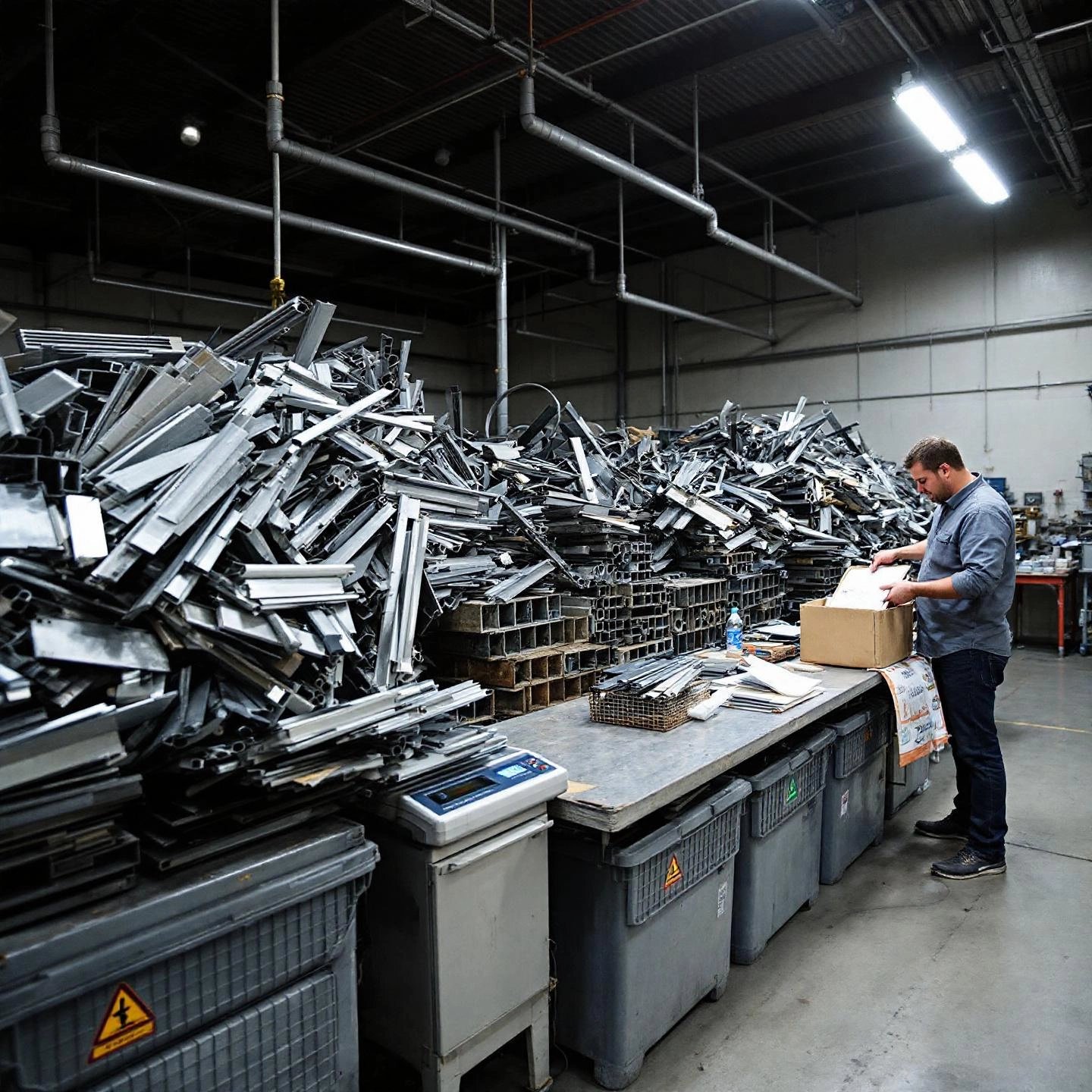
Ever wondered why two people can bring similar piles of aluminum to the same scrap yard and walk away with very different payouts? The secret isn’t just in the weight—it’s in how well the aluminum is sorted, cleaned, and prepared. If you’re aiming to get the best clean aluminum scrap price or maximize returns on specialized materials like extrusions, a little extra effort pays off in a big way.
Imagine you’re running a scrap yard. Would you pay more for a clean, neatly sorted batch of pure aluminum, or for a tangled mess mixed with screws, paint, and plastic? The answer is obvious: the less work the yard has to do, the higher the price they’ll offer you. Clean, well-sorted aluminum not only fetches a better rate but can also move more quickly through the recycling process, benefiting everyone involved.
Let’s break down the practical steps you can take to ensure your aluminum scrap commands top dollar:
If you have aluminum window frames, door frames, or architectural profiles, you’re likely dealing with aluminum extrusions. These are often valued higher than mixed scrap, especially when they are clean and free of contaminants. As of recent market data, aluminum extrusion scrap prices range from $0.60 to $0.85 per pound, depending on location and cleanliness. To qualify for the highest rates, ensure your extrusions are free from plastic, dirt, or glass, and sorted separately from other aluminum types.
| Scrap Type | Preparation Tips | Potential Price Impact |
|---|---|---|
| Sheet Aluminum | Remove webbing, plastic, and screws | Up to 65% of LME price |
| Cast Aluminum | Clean off oil, rubber, and non-aluminum parts | Typically lower than sheet/extrusion |
| Aluminum Extrusions | Separate, clean, remove fasteners and coatings | Highest among common scrap types |
| Dirty Aluminum | Mixed or contaminated with other materials | Lowest price tier |
By following these steps, you’ll notice your clean aluminum scrap price consistently outperforms unsorted or dirty loads. The extra effort pays off in higher returns and smoother transactions at the scrap yard.
If you’re a contractor, builder, or manufacturer working on large-scale projects, the quality and consistency of your aluminum profiles matter even more. That’s where sourcing custom-fabricated profiles from a trusted manufacturer—like Shengxin Aluminum—can make a difference. With advanced production capabilities and a focus on precision, Shengxin delivers high-quality extrusions and architectural profiles tailored to your exact needs, ensuring optimal performance and long-term value for your projects.
Ready to make your next trip to the scrap yard your most profitable yet? Up next, we’ll explore the best tools and resources for tracking aluminum price trends—so you can time your sales for the highest returns.
Ever wondered where to find the most accurate aluminum price per pound chart or how to reliably track aluminum price changes over time? If you’re a buyer, seller, or recycler, knowing where to look for up-to-date pricing data can make all the difference in timing your sales or purchases. With so many resources available, it can be tough to know which ones to trust—or how to interpret the information you find. Let’s break it down with clear examples and practical tips.
Imagine you’re planning your next big aluminum purchase or deciding when to cash in your scrap. You’ll want to consult more than one source to get the full picture. Here are some of the most reputable tools and platforms for staying on top of aluminum price trends:
Sounds overwhelming? Here’s how to make sense of the numbers and charts you’ll find on these platforms:
| Step | Resource | Why It Matters |
|---|---|---|
| Check daily spot price | LME, Daily Metal Price | Know the global benchmark |
| Review historical trends | Trading Economics, Kitco | Spot cycles and turning points |
| Compare local scrap rates | Scrap Register | Set expectations for payouts |
| Read market news | Kitco, Trading Economics | Stay ahead of major moves |
By regularly consulting these trusted resources, you’ll notice patterns, spot opportunities, and avoid surprises—whether you’re selling scrap, buying bulk, or just keeping an eye on the market. Up next, we’ll wrap up with a summary of key takeaways and a look ahead to the future of aluminum pricing and sourcing.
When you step back and look at the big picture, it’s clear that the aluminum price per pound is shaped by a complex blend of global and local forces. But why does this matter to you—whether you’re a manufacturer, recycler, or someone sourcing materials for a new project? Let’s recap the most important insights and see how you can turn knowledge into value.
Imagine negotiating a contract, selling a truckload of scrap, or planning a major build without up-to-date pricing knowledge. You could leave money on the table—or blow your budget. By understanding these key drivers and using the tools outlined in this guide, you’ll be better equipped to:
Will the aluminum price per pound keep changing? Absolutely. As industries evolve, sustainability grows in importance, and global dynamics shift, aluminum’s role as a lightweight, recyclable, and high-performance material will only become more central. Staying informed and agile is your best strategy for success.
Whether you’re sourcing standard profiles or require custom, high-specification extrusions, working with an experienced, full-service manufacturer is crucial. Companies like Shengxin Aluminum offer advanced production capabilities, strict quality control, and deep expertise in both commodity and specialty alloys. This ensures you get the right material at the right price—backed by technical support and reliability that can make or break your next project.
Ready to make smarter decisions and achieve better results? Start by tracking the market, understanding your options, and partnering with the best aluminum supplier for your needs. The future of aluminum is bright—make sure you’re positioned to benefit from every opportunity it brings.
The value of 1 pound of aluminum depends on the type—scrap, can, or industrial grade—and your location. As of recent data, scrap aluminum prices typically range from $0.40 to $1.20 per pound, with clean, sorted material fetching higher rates. Industrial alloys like 6061 can command even higher prices due to purity and processing requirements.
The daily aluminum price per pound is set by the London Metal Exchange (LME) and adjusted by regional premiums. For example, recent LME rates convert to around $1.17 per pound, with U.S. regional premiums adding $0.40 or more, depending on market conditions. Always check trusted sources for current figures.
Local scrap aluminum prices differ due to transportation costs, regional demand, competition among scrap yards, and state regulations. Urban areas with more buyers and processing facilities typically offer higher rates, while remote or regulated regions may pay less.
The price of aluminum cans per pound is shaped by global aluminum rates, local scrap yard competition, cleanliness of the cans, and the quantity you bring in. Clean, sorted, and bulk deliveries usually yield the best rates, often between $0.40 and $0.50 per pound, though this can fluctuate.
To maximize your aluminum scrap payout, sort materials by type and grade, remove non-aluminum attachments, clean off contaminants, and collect in bulk. Checking prices at multiple local yards and timing your sale when market rates are high can further boost your returns.
 Onlineservice
Onlineservice 0086 136 3563 2360
0086 136 3563 2360 sales@sxalu.com
sales@sxalu.com +86 136 3563 2360
+86 136 3563 2360